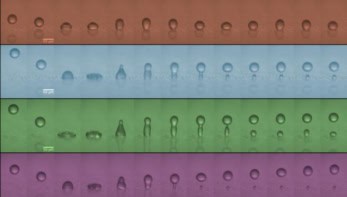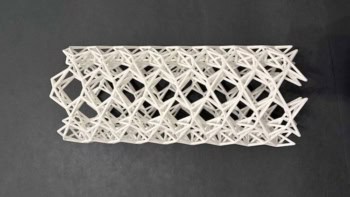Ultra-precise ‘laser tweezers’ have enabled scientists to handle individual strands of DNA with unprecedented dexterity. The technique devised by Ken Hirano of the University of Tokushima in Japan and colleagues can grip the molecule at a chosen point along its length, manipulate it, and then release it. Among other things, the tool could insert single DNA molecules into cells, a process central to gene therapy (K Hirano et al 2002 Appl. Phys. Lett. 80 515).
Existing methods use a laser to move a bead that must be chemically bonded to the end of a DNA strand. The bead alters the chemical make-up of the molecule and cannot be removed, which makes such processes complex and limits their applications.
But the tweezers developed by Hirano’s team exploit the dielectric properties of tiny latex beads, which are added to a solution of DNA molecules, each around 40 micrometres long. To grasp a strand, the researchers focus a 600-milliwatt laser beam onto the desired section of a selected molecule.
The electric field of the beam induces a dipole moment in the beads – which are 200 nanometres in diameter – and this attracts them to the centre of the focused beam where the field is most intense. This cluster of beads traps the strand, which can then be stretched or bent by moving the microscope stage on which the solution is mounted. The DNA molecule can then be released by switching off the laser.
Besides gene therapy, this technique could allow biologists to study the physical properties of different molecular sites on a wide range of biomolecules. Hirano and colleagues are confident that it will be useful in many chemical and physical applications, such as the assembly of micromachines.
‘The trapping force depends on the difference in refractive index between the beads and the surrounding medium’, Hirano told PhysicsWeb, ‘so our technique should also work in gas or vacuum environments’.


